Ssangdari Gisa Sikdang (쌍다리기사식당)
4.9Km 2021-03-29
4, Seongbuk-ro 23-gil, Seongbuk-gu, Seoul
+82-2-743-0325
As a place where you can eat at affordable prices, it is a restaurant loved by local residents. The best menu at this restaurant is pork bulgogi. This Korean dishes restaurant is located in Seongbuk-gu, Seoul.
Perbacco (페르바코)
4.9Km 2024-09-11
30 Neungdong-ro 16-gil, Gwangjin-gu, Seoul
Perbacco is a Venetian style pub, better known as a chicchetteria. The pub offers lesser-known Italian snack fare from Venice, with their main dish being cicchetti, flat slices of bread piled with various ingredients, usually focusing on seafood.
Chunpoong Brewery (춘풍양조장)
4.9Km 2025-03-14
101-3 Dasan-ro, Jung-gu, Seoul
Chungpoong Brewery, a specialized brewery producing makgeolli, offers brewery tours and tasting sessions, conveying the value of Korean alcohol. Through these programs, the brewery shares Korean liquor culture and provides information about Korean alcohol. Visitors can also enjoy a dining and alcohol experience here.
Common Ground (커먼그라운드)
4.9Km 2024-10-25
200 Achasan-ro, Gwangjin-gu, Seoul
+82-2-467-2747
Korea's first pop-up store built with shipping containers,
Common Ground is approximately 5,300 square meters in scale, made up of 200 large containers and is capable of transforming into different structures or moving into different places. Mega-sized mainstream brands are hard to spot in Common Ground. Instead, new and trendy mid-sized shops by up-and-coming new designers and editorial shops can be found here.
On the central square of the ground market, a weekend market is held with different themes. In addition, various events such as exhibitions and performances continue to entertain shoppers while playing its role as a cultural space. On the third floor terrace, famous restaurants sprawl along the sides of the alley. If you feel like having a light snack, you can also pop down to the food trucks on the market ground that offers an exotic gastronomic dining experience.
Waterworks Museum (수도박물관)
4.9Km 2025-01-17
27, Wangsimni-ro, Seongdong-gu, Seoul
+82-2-3146-5936
The Ttukseom Water Purification Plant (Waterworks Museum and Slow Sand Filtration Basin) was completed in August 1908 as the first water purification plant ever built in Korea. In 2008, it celebrated 100 years of history with the opening of the Waterworks Museum, which showcases the history and value of Seoul's public waterworks. The museum was recognized for its modern architectural design and designated Tangible Cultural Asset of Seoul No.72.
The King's (더 킹스)
4.9Km 2020-04-24
287, Dongho-ro, Jung-gu, Seoul
+82-2-2270-3121
The King’s is a premium buffet offering live music and top-quality, fresh dishes. Serving up “à la minute” cuisine in which food is cooked fresh to order, the restaurant is particularly known for its live seafood. In addition to the live seafood corner, The King’s buffet boasts 150 international foods in 10 different sections, including a Chinese food corner with dim sum, grilled Peking duck, stir-fry, and other authentic Chinese dishes prepared by Chinese chefs.
12minutes (트웰브미닛)
4.9Km 2023-08-22
68 , Achasan-ro 33-gil, Gwangjin-gu, Seoul
12minutes is a croissant and pastry shop that offers fresh and delicious desserts under the slogan "12 minutes, croissant at its best." 12minutes puts out fresh croissants and pastries every day. The bakery used to be an old paper mill, which inspired the owner to open a shop to create deliciously layered croissants in a place that used to produce sheets of paper. The remodeled bakery still retains the old charms of the paper mill.
Butter - COMMON GROUND Branch [Tax Refund Shop] (버터 건대커먼그라운드)
4.9Km 2024-04-22
Store #2-2, Block MH, 200, Achasan-ro, Gwangjin-gu, Seoul
-
Outstanding & Co - COMMON GROUND Branch [Tax Refund Shop] (아웃스탠딩 건대커먼그라운드)
4.9Km 2024-04-18
Bldg. MH 1F, 200, Achasan-ro, Gwangjin-gu, Seoul
-
Frizmworks - COMMON GROUND Branch [Tax Refund Shop] (프리즘웍스 건대커먼그라운드)
4.9Km 2024-04-22
2F, 200, Achasan-ro, Gwangjin-gu, Seoul
-
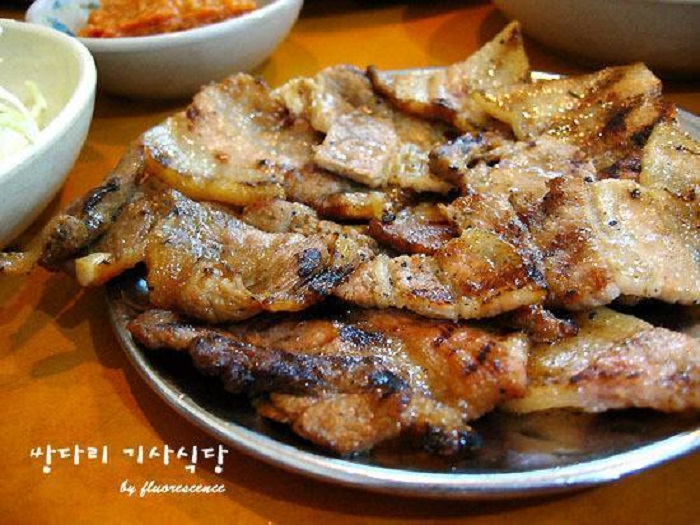
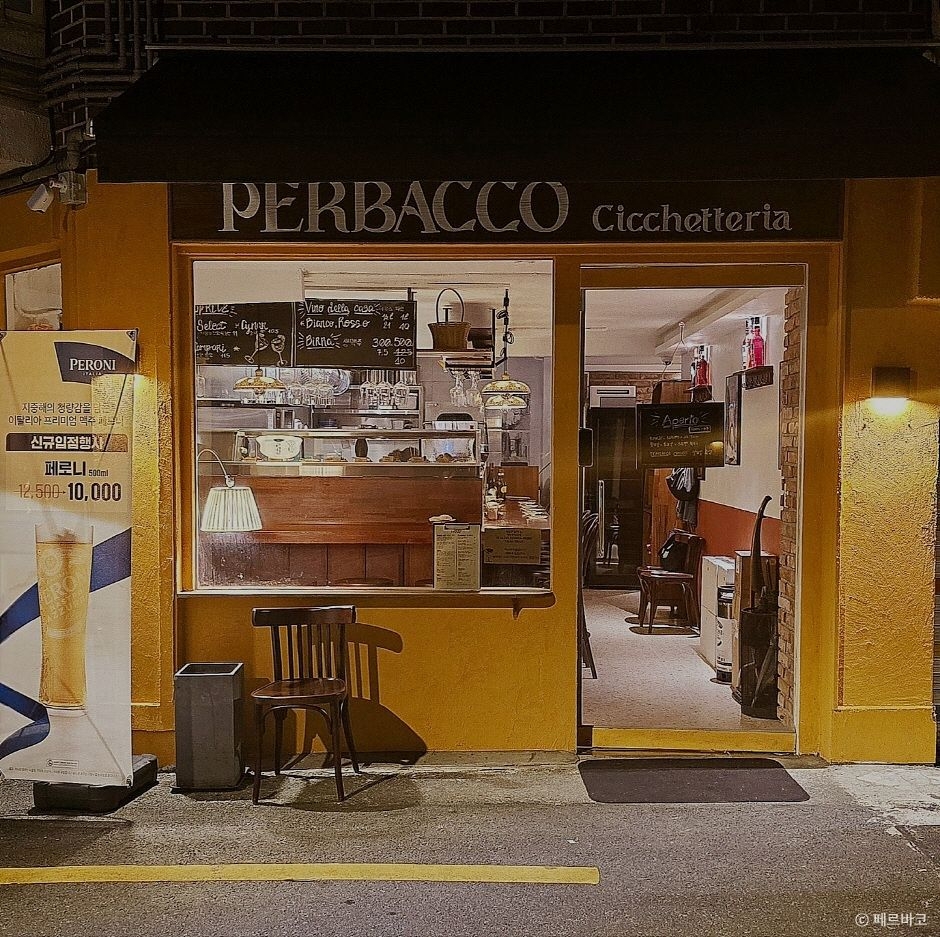
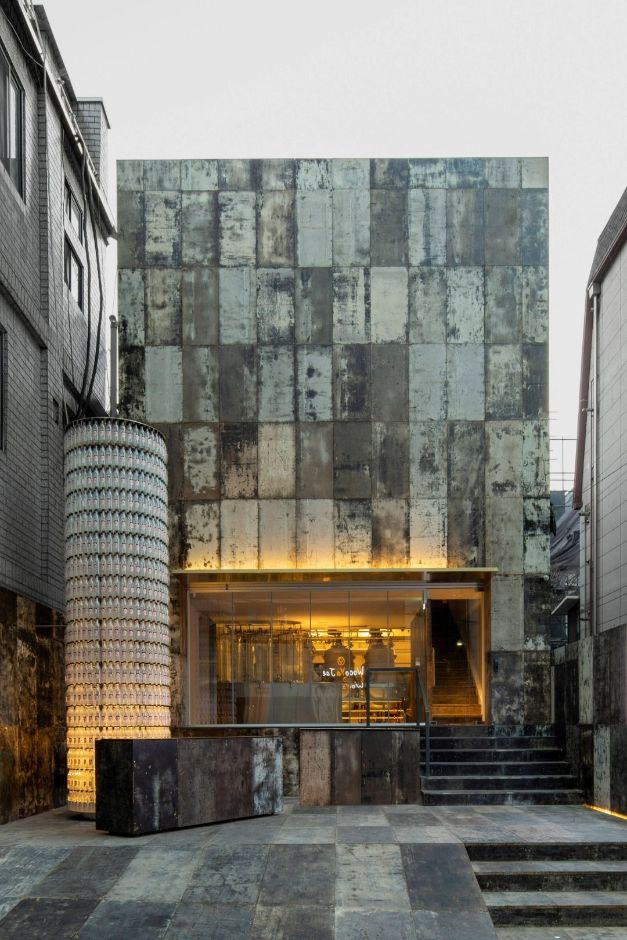
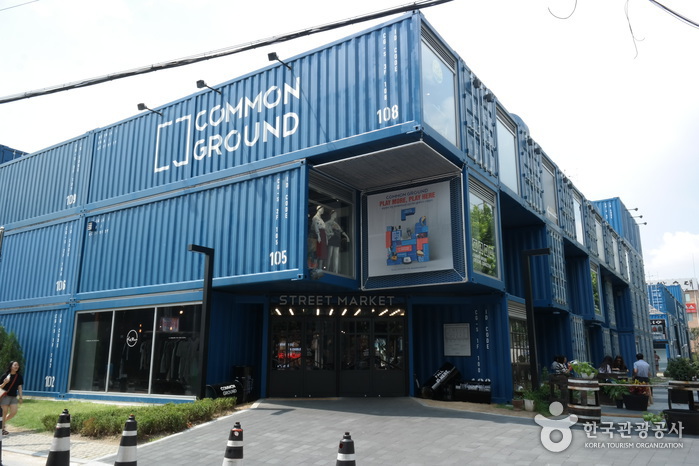
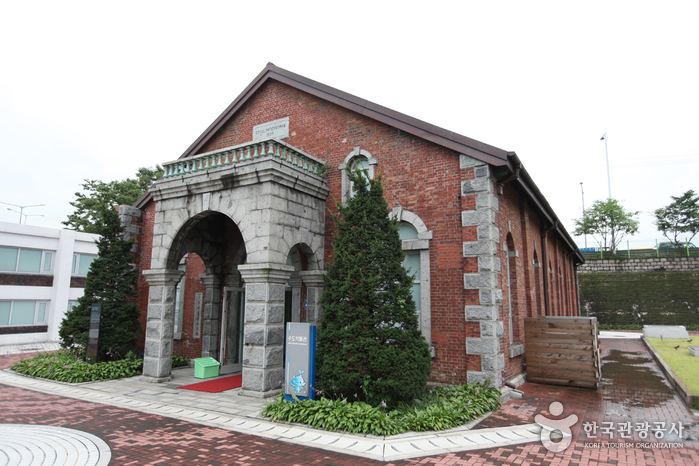


![Butter - COMMON GROUND Branch [Tax Refund Shop] (버터 건대커먼그라운드)](http://tong.visitkorea.or.kr/cms/resource/45/2878845_image2_1.jpg)
![Outstanding & Co - COMMON GROUND Branch [Tax Refund Shop] (아웃스탠딩 건대커먼그라운드)](http://tong.visitkorea.or.kr/cms/resource/46/2878846_image2_1.jpg)
![Frizmworks - COMMON GROUND Branch [Tax Refund Shop] (프리즘웍스 건대커먼그라운드)](http://tong.visitkorea.or.kr/cms/resource/47/2878847_image2_1.jpg)
 English
English
 한국어
한국어 日本語
日本語 中文(简体)
中文(简体) Deutsch
Deutsch Français
Français Español
Español Русский
Русский